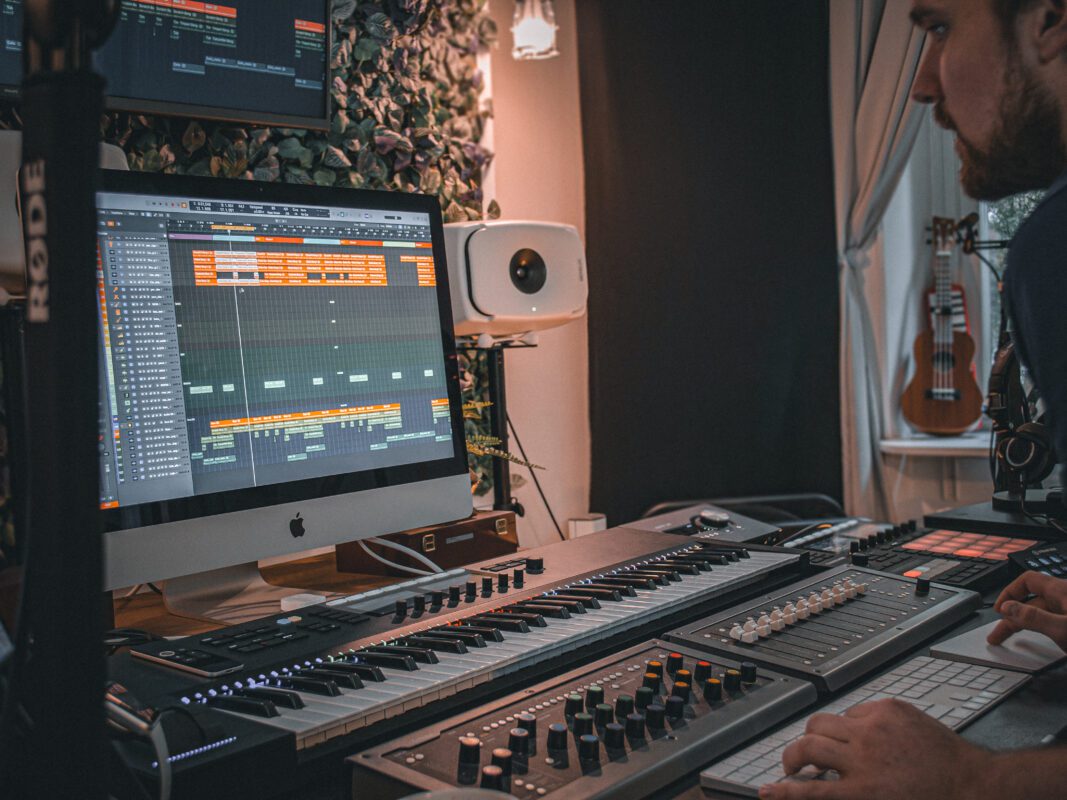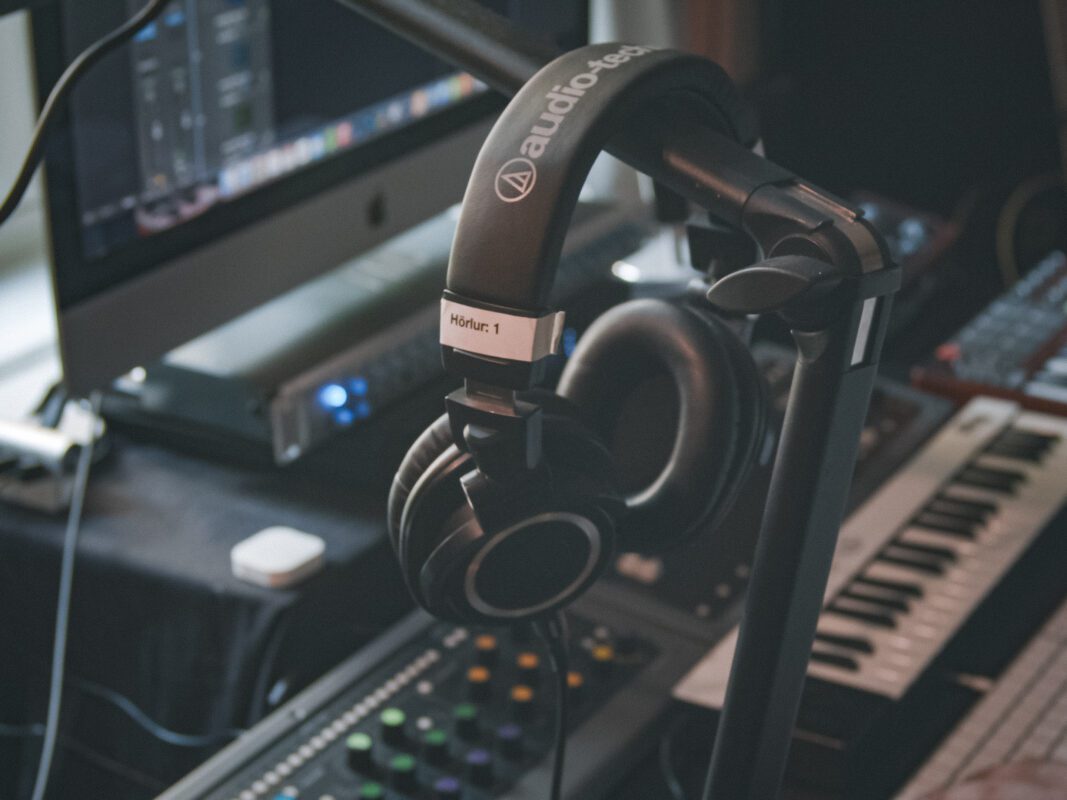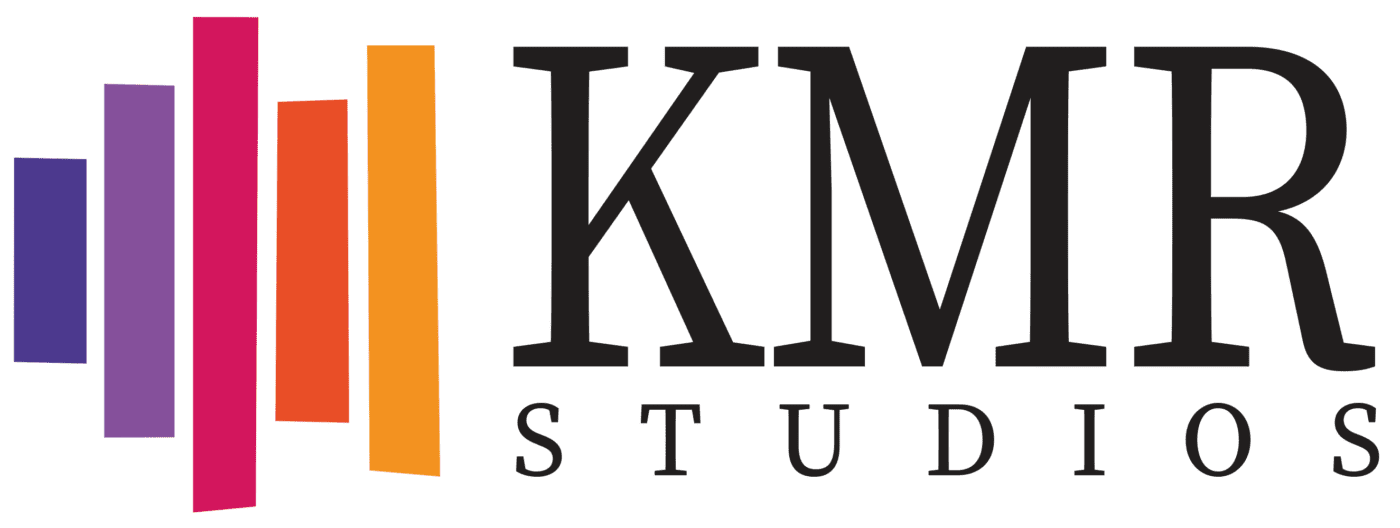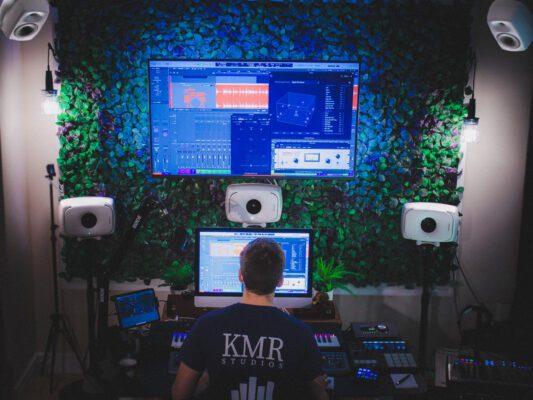This article delves into how to best export master files from your Dolby Atmos project in Logic Pro. If you want to read something lighter, you can check out our article on what a workflow in Dolby Atmos might look like, or our article about what Dolby Atmos is all about.

Step 1: Export the ADM File
The ADM file is the master file used for Dolby Atmos distribution. It is important that the ADM file is created correctly; otherwise, your mix risks being translated incorrectly when played back in, for example, headphones or sound systems. If you’re really unlucky, streaming services may even reject your master entirely if it is not created properly.
Here’s how to create the ADM file:
- When you are satisfied with your mix, go to Menu → File → Export → Project as ADM BWF….
- Select the desired destination to save the file and click OK.
The ADM file will thus be the export of your song that is sent to distributors for Dolby Atmos playback. However, you always need to upload a stereo version as well. In Logic Pro, you can use the binaural file to easily create the stereo version.
Step 2: Create a Binaural and Stereo Version
Some DAW softwares provides a “Stereo Direct” function, which allows you to export a pure stereo version directly from an Atmos project. However, Logic Pro does not offer this. Nevertheless, you can use binaural rendering in the Dolby Atmos plugin to create a file that works both as a stereo master and a binaural version, thus achieving the same final result using Logic.
Here’s how to do it:
-
Open the Atmos Plugin:
– Open the Dolby Atmos plugin and set the Monitoring Format to Dolby Renderer.
– Then close the window. -
Export the Mix:
– Press Command + B to open the Bounce window.
– Use the following settings:- Destination: PCM
- Start/End: As is
- Mode: Offline
- Include Audio Tail: No
- Include Tempo Information: Yes
- Normalize: Off
- File Format: Wave
- Bit Depth: 24
- Sample Rate: 48kHz
- File Type: Interleaved
- Dithering: None
- Surround Bounce: No
- Add to Project: No
-
Start the Export: Click OK to start the export.
After exporting, you can duplicate the binaural version in Finder and rename the files to “Stereo” and “Binaural.” You will use the stereo version for traditional mastering, and the binaural file can be sent to the client to demonstrate how the Atmos version sounds in headphones.
Step 3: Create a Keyboard Shortcut for Faster Export
To simplify and speed up your workflow, you can create a keyboard shortcut for exporting ADM files. Logic Pro does not offer this option directly in the program, but there is a convenient way to set it up through MacOS system preferences.
Here’s how to do it:
-
Go to System Preferences:
- Open System Preferences → Keyboard → Shortcuts → App Shortcuts.
-
Create a New Command:
- Press the + button to add a new shortcut.
- Select Logic Pro as the app and type exactly the following in the “Menu Title” field: Selection as ADM BWF….
- Assign a shortcut, e.g., Command + Option + E, to quickly start the export process.
Now you have a quick and easy way to export ADM files without having to navigate through menus.

Step 4: Optimize Binaural Rendering for Headphones
When creating a binaural version, it is important that it sounds good both in headphones and in stereo speakers. Since binaural rendering is optimized for headphones, it can be beneficial to make some adjustments to improve sound quality.
Adjustment Tips:
- Use Binaural Render Modes:
- Put on your headphones and open the Dolby Atmos plugin again.
- Try adjusting the Binaural Render Modes (Near, Mid, Far) for different tracks in your mix. This can help create a more airy and detailed soundscape in headphones.
- Export a New Mix if Necessary:
- If you make adjustments that improve the sound, export a new binaural version. Be sure to run a new loudness measurement, as binaural rendering can affect the overall volume.
- Note Your Changes:
- If you expect to need to adjust the mix in the future, use Logic Pro’s note-taking tool. Go to Menu → View → Show Note Pads and write down your rendering settings. This will make it easier to revisit your adjustments as needed.
Step 5: Final Tips for Mastering
Once you have exported both the ADM and binaural files, you can proceed to master your stereo version as a traditional stereo master. If you have the time and resources, it may be worth considering investing in Dolby Atmos Renderer (RMU), as it offers more export options, including a dedicated Stereo Direct version. This will save you a lot of time!
By using keyboard shortcuts and adjusting binaural rendering, you can streamline your workflow and ensure that the final product achieves the best possible results. It is worth mentioning that if your goal is to work with Dolby Atmos professionally, you will need access to a certified Dolby Atmos facility. Your workflow may be exactly the same, but you will simply need to have your mix mastered at a certified facility. Alternatively,

 Svenska
Svenska



